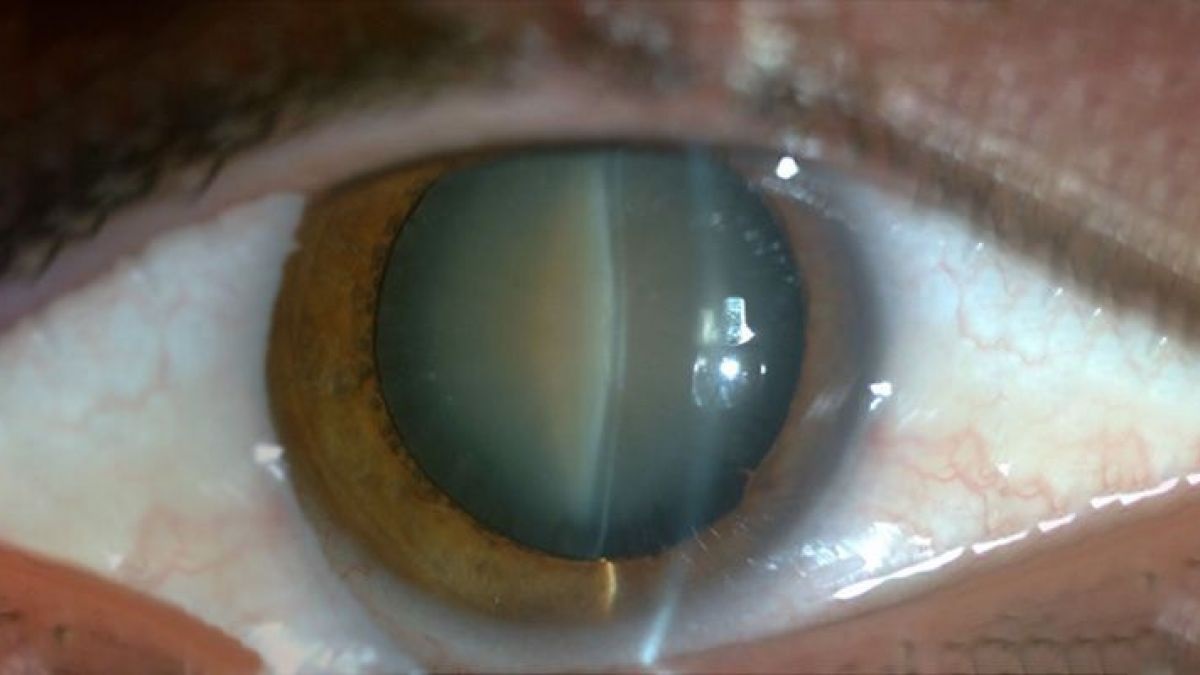In the first hours, it is common for the patient to have the sensation of a foreign body in the eyes, mild burning, and tearing; however, the ophthalmologist may prescribe eye drops that will help alleviate these symptoms. The PRK method tends to have a slightly slower and more painful recovery than the LASIK method.
In addition, eye care must be maximum: the use of sunglasses is recommended to protect the eyes from the sun’s rays; there should be no intense contact of water with the eyes, as in swimming pools, in addition to taking care in the shower, not letting too much waterfall on the operated area; the use of makeup should be avoided, as well as spending many hours in front of the computer or television; keep your hands clean and never rub your eyes. Despite the minor restrictions, it is possible to return to routine activities, such as study and work, in a short time, as directed by the ophthalmologist.
On the other hand, PRK surgery recovery takes longer, starting with removing the contact lens that is applied at the end of the operation. While in LASIK surgery, the doctor removes the lens the next day during the postoperative consultation; the lens applied after PRK surgery must wait a little longer to be removed as it protects the cornea while the epithelium regenerates. The same care as in LASIK surgery should be taken, but for longer, as directed by the ophthalmologist for ptosis (ตาตก which is the term in Thai).
What Are The Risks Of Laser Myopia Surgery?
Despite having low rates of complications, refractive surgery for myopia also poses risks to the patient who undergoes the operation. One of them is the cornea not being appropriately remodeled, making the patient undergo a new surgery to correct its degree. In addition, the operated person may also have dry eyes, discomfort, the sensation of a foreign body, redness, and difficulty in healing, which increases the recovery time. The most severe risk is a corneal infection, which can leave sequelae on the patient’s vision.















